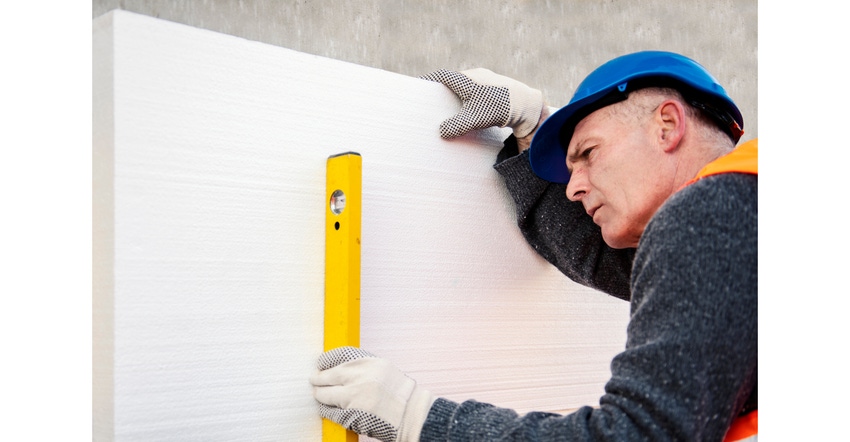BASF and Carlisle Construction Materials Partner on Zero Carbon Footprint Insulation
Both companies aim to achieve net zero emissions of all materials by 2050.
January 18, 2024

BASF and Carlisle Construction Materials are partnering on using Lupranate ZERO, the world’s first isocyanate with a zero carbon footprint.
Lupranate ZERO (ZERO stands for Zero Emissions Renewable Origins) is used to produce MDI polyisocyanurate boards (PIR or polyiso) and rigid polyurethane foam for the thermal insulation of buildings. As the leading polyiso manufacturer, Carlisle is the natural partner to explore this technology.
Carlisle’s utilization of these raw materials expands upon its recent sustainability efforts like converting to an electric vehicle fleet and commissioning a new 400,000-sq.-ft facility that has been certified as the first industrial manufacturing plant in the US to achieve LEED Platinum under LEED v4 BD+C WDC.
"Carlisle is embracing the power of innovation and sustainability by exploring bio-based alternative raw materials,” said Wesley Sherrer, senior manager, Product Marketing - Insulation, at Carlisle. “By introducing raw materials from rapidly renewable resources and recycled supply streams produced in environmentally sensitive facilities, we are not only revolutionizing our products but also honoring our commitment to a greener future. This effort highlights our dedication to environmental stewardship, inspiring a new era of responsible manufacturing and setting the stage for a more sustainable and harmonious world.”
"Our customers are showcasing their commitment to climate protection, which BASF supports through world-changing research to ensure the finished products are meeting their needs,” said Stefan Doerr, senior VP, Monomers North America at BASF. “...By using Lupranate ZERO, manufacturers can reduce their carbon footprint in the construction industry while enjoying the same high quality MDI product.”
BASF aims to achieve net-zero emissions by 2050. The product carbon footprint plays an important role in this reduction and sums up the total greenhouse gas emissions generated by a product over the different stages of its life cycle. For this, BASF’s Monomers division is following a sustainability roadmap and will expand its portfolio of products with a lower CO2 footprint. The company is committed to providing a circular option in every major product line by 2025.
Carlisle has stated its commitment to achieve net-zero greenhouse gas emissions by 2050 as well. Near-term commitments include reduced absolute scope 1 and 2 GHG emissions by 42% and reduced scope 3 emissions by 52% per pound produced as measured through the Science Based Targets Initiative (SBTi) by 2030.
About the Author(s)
You May Also Like




